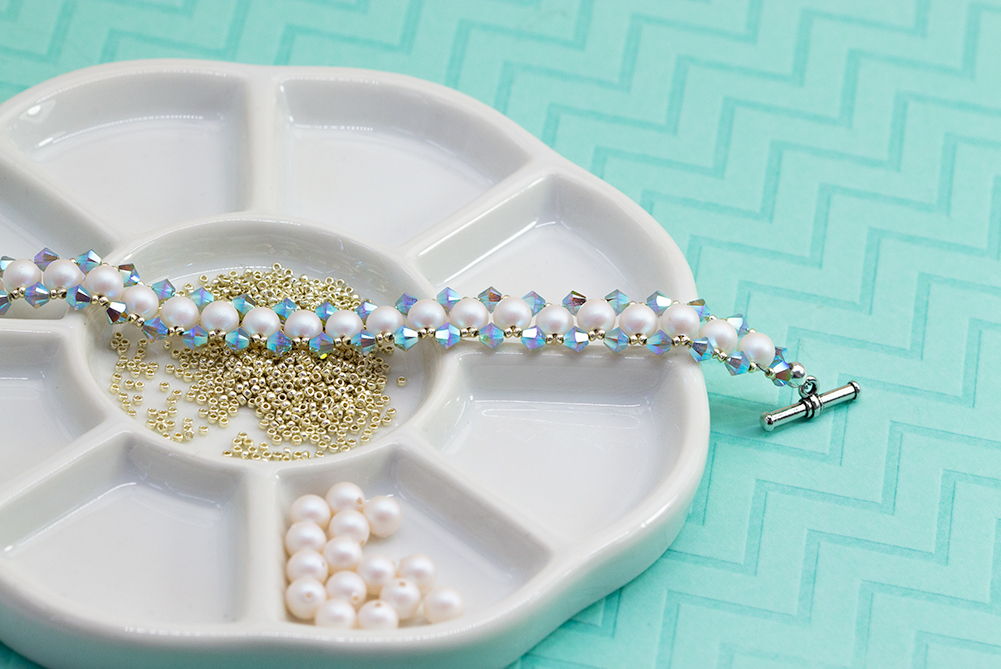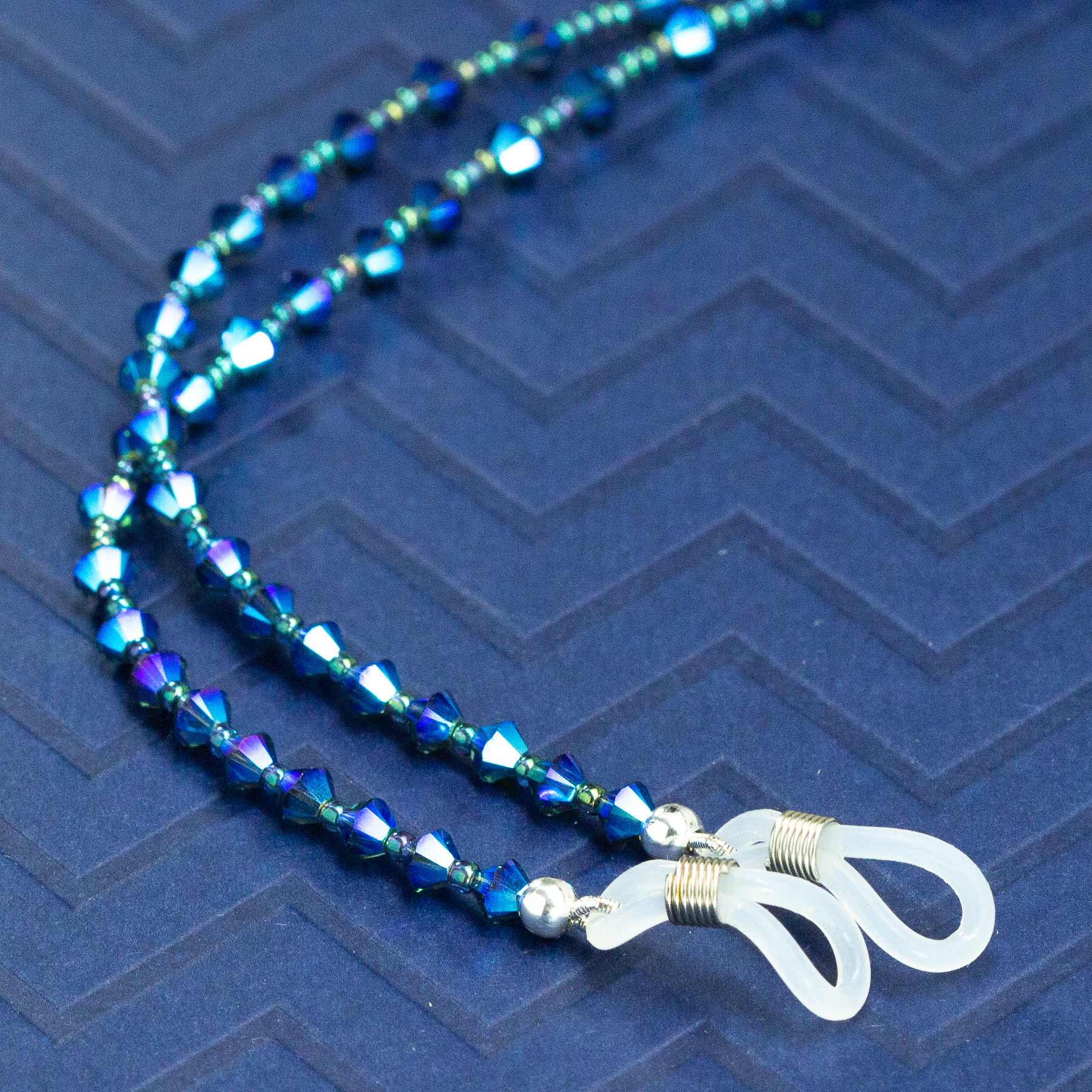Beading Wire: The Different Types of Beading Wires and Their Uses

Beading wire is a type of wire that is specifically designed for use in beading and jewelry making. Beading wire is primarily used in bead stringing designs but can also be used in some woven designs using larger beads such as in our beautiful Soiree Tennis Bracelet project. Beading wire is not suitable for bead weaving with seed beads which requires beading thread. It is also not suitable for wire work which requires uncoated non twisted wire.
Beading wire is available in a variety of flexibilities, thicknesses, and colors, and is used to string beads and create jewelry designs. In this blog post, we'll take a closer look at two popular types of beading wire: Soft Flex and Beadalon.
Soft Flex is a brand of beading wire that is made from stainless steel and is coated with nylon for added strength and flexibility. It is available in a range of thicknesses, from ultra-fine to extra-heavy, and is suitable for a wide variety of bead sizes and materials. Soft Flex is known for its excellent drape and memory, meaning that it holds its shape well and is easy to work with.
One of the unique features of Soft Flex beading wire is the "Soft Touch" coating, which is a special coating that is applied to the wire to make it feel softer and more comfortable to wear. Soft Flex Soft Touch beading wire is ideal for those who want a beading wire that is both strong and comfortable to wear.
Beadalon is another popular brand of beading wire that is made from a blend of tiny stainless-steel wires and is also coated with nylon. It is available in a range of thicknesses and is suitable for a wide variety of bead sizes and materials. Beadalon beading wire is known for its strength and durability, as well as its excellent drape and memory.

Beadalon beading wire is available in three different variations: Beadalon 7, Beadalon 19 and Beadalon 49. These numbers refer to how many of the small twisted wires make up the wire so Beadalon 7 has 7 wires twisted together and Beadalon 49 has 49 of them! The number of tiny wires, also known as strands, determines the flexibility of the wire. The larger the number of strands, the more flexible the wire will be - 49 strand is more flexible than 19 strand, and 19 strand is more flexible than 7 strands.
When choosing which type of wire to use, consider the amount of drape you want your design to have. 49 strand wire is very supple and will drape elegantly, giving your designs a thread-like appearance. 7 strand wire is not as flexible, but will hold its shape better.
Beadalon 7 is ideal for use with larger beads and heavier designs. Beadalon 49 is a finer wire that is better suited for use with smaller beads and more delicate designs. If you are new to bead stringing or unsure how much flexibility you require, we recommend starting with the middle grade, 19 strand wire.
In terms of differences between Soft Flex and Beadalon beading wire, is the range of thicknesses that are available. Soft Flex beading wire is available in ultra-fine to extra-heavy thicknesses, while Beadalon beading wire is available in 7 strand, 19 strand and 49 strand configurations. This means that Soft Flex may offer a wider range of thickness options, depending on your specific needs.
Soft Flex also has the advantage when it comes to color, offering their wire in many different shades which we carry at Eureka in pretty, themed three packs called Soft Flex Trios with fun themes like “Be My Valentine” and “Egg Hunt!”
Overall, both Soft Flex and Beadalon beading wire are excellent choices for beaders and jewelry makers. Both offer excellent strength, flexibility, and memory, and are suitable for a wide range of bead sizes and materials. The specific type of beading wire that you choose will depend on your personal preferences and the specific needs of your project.





